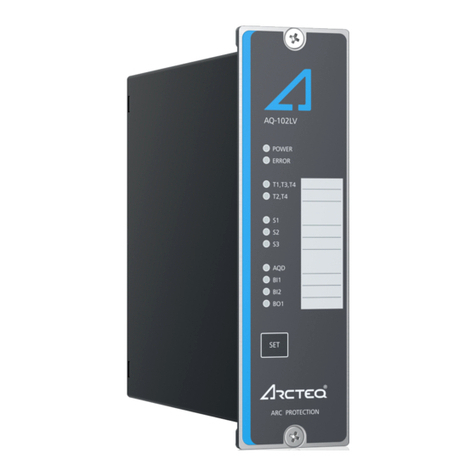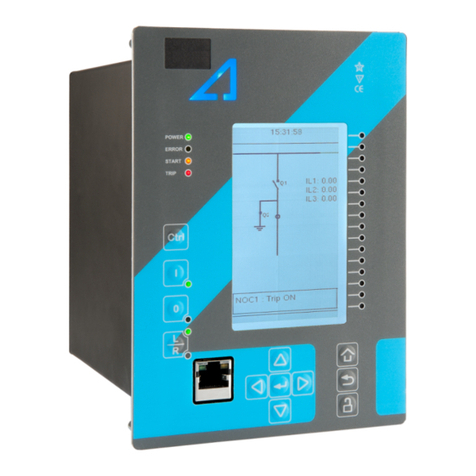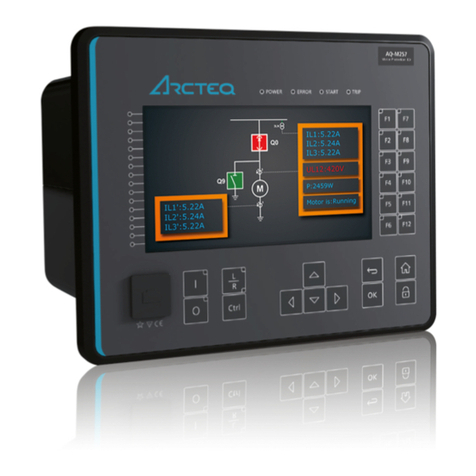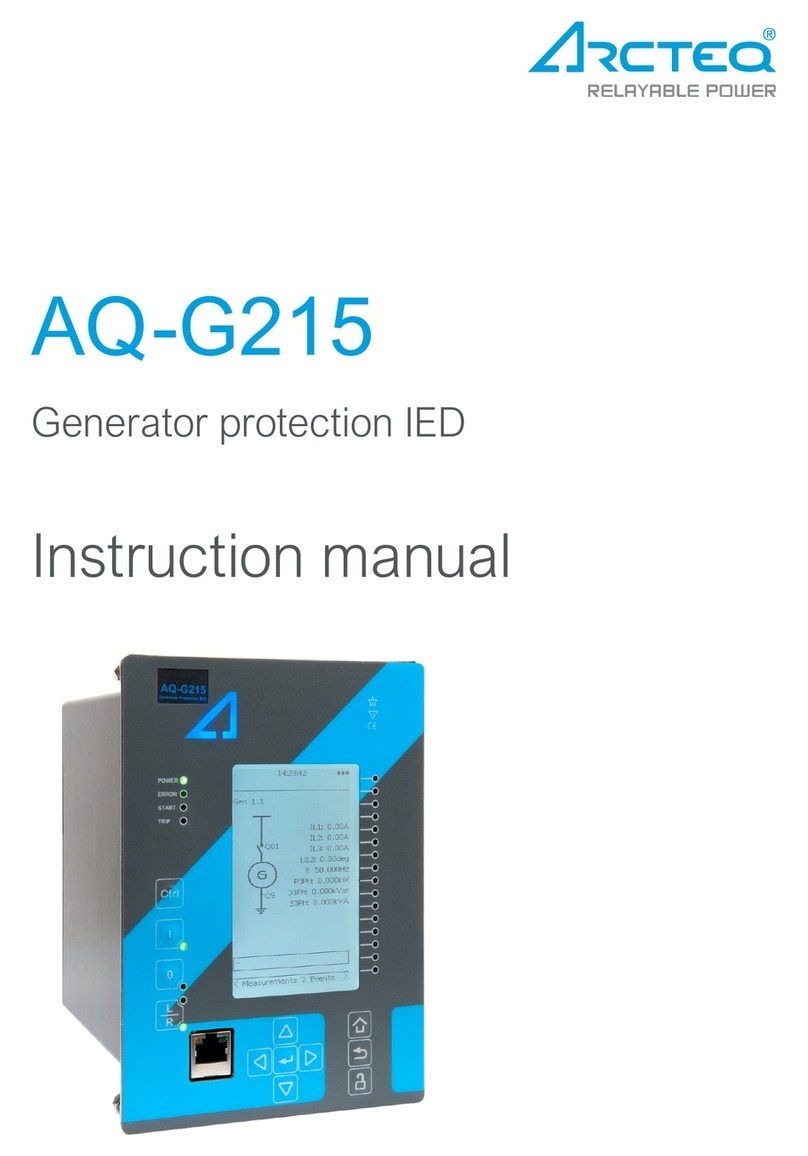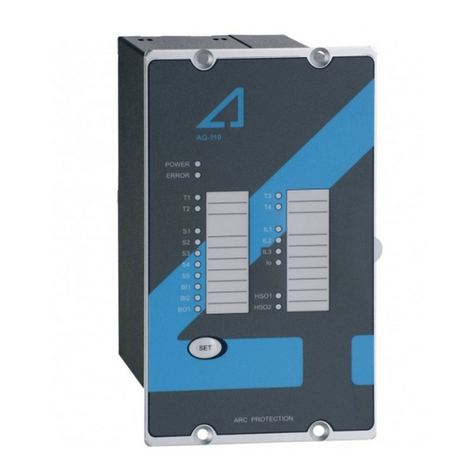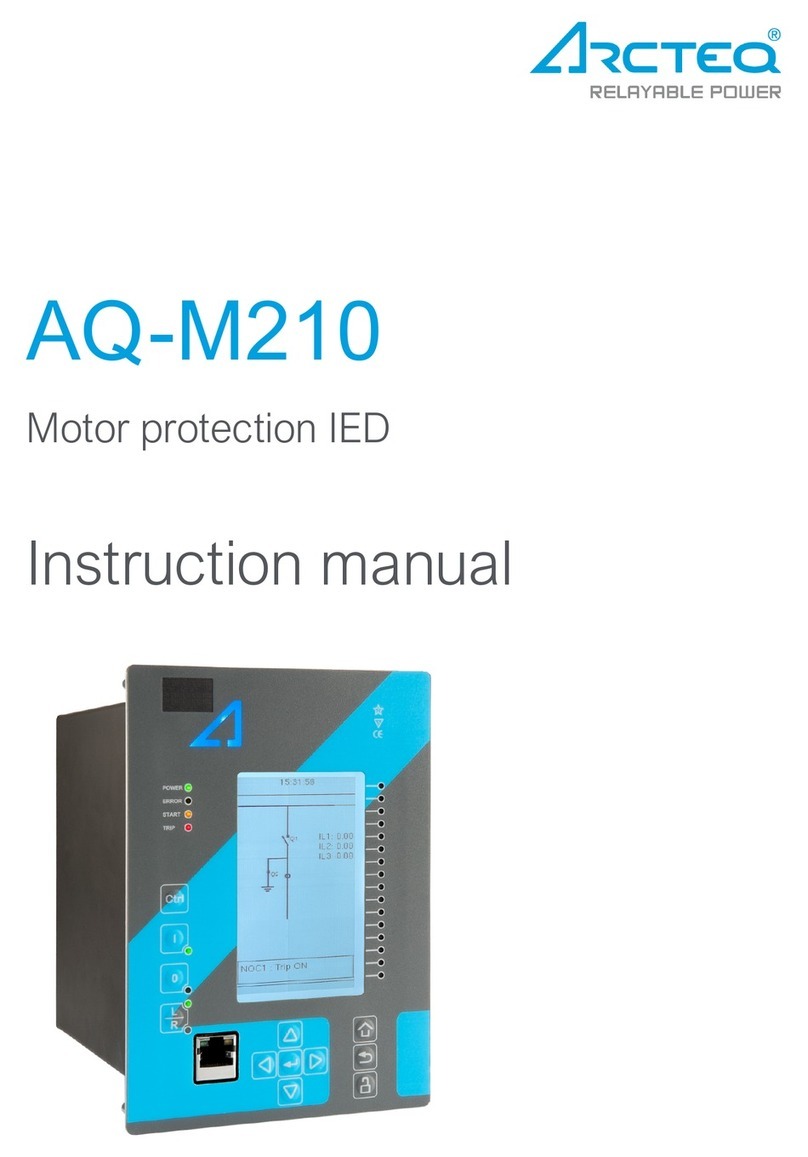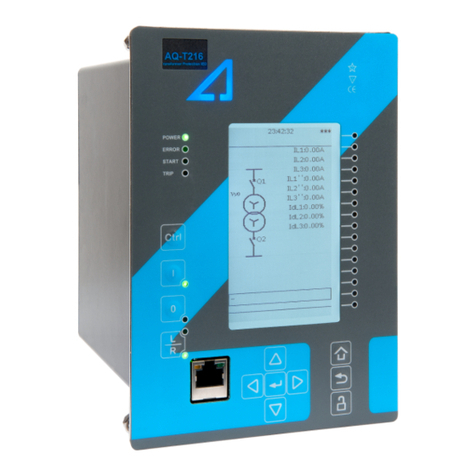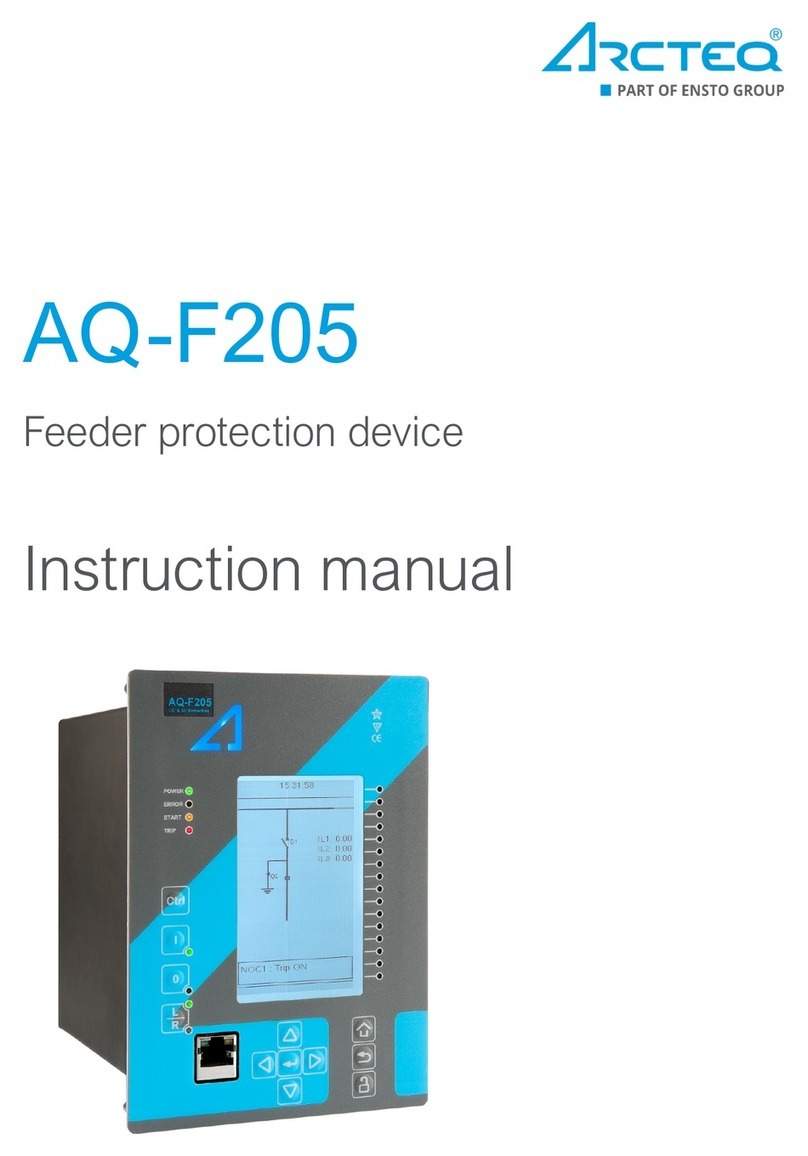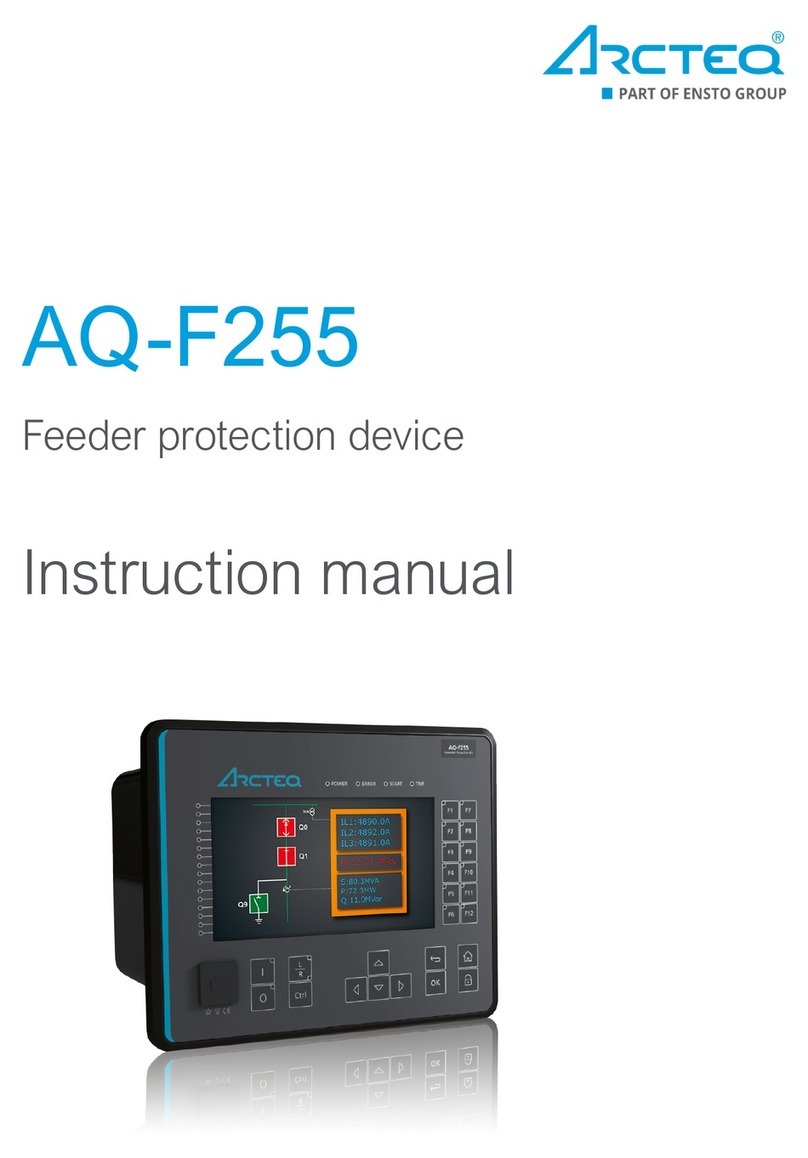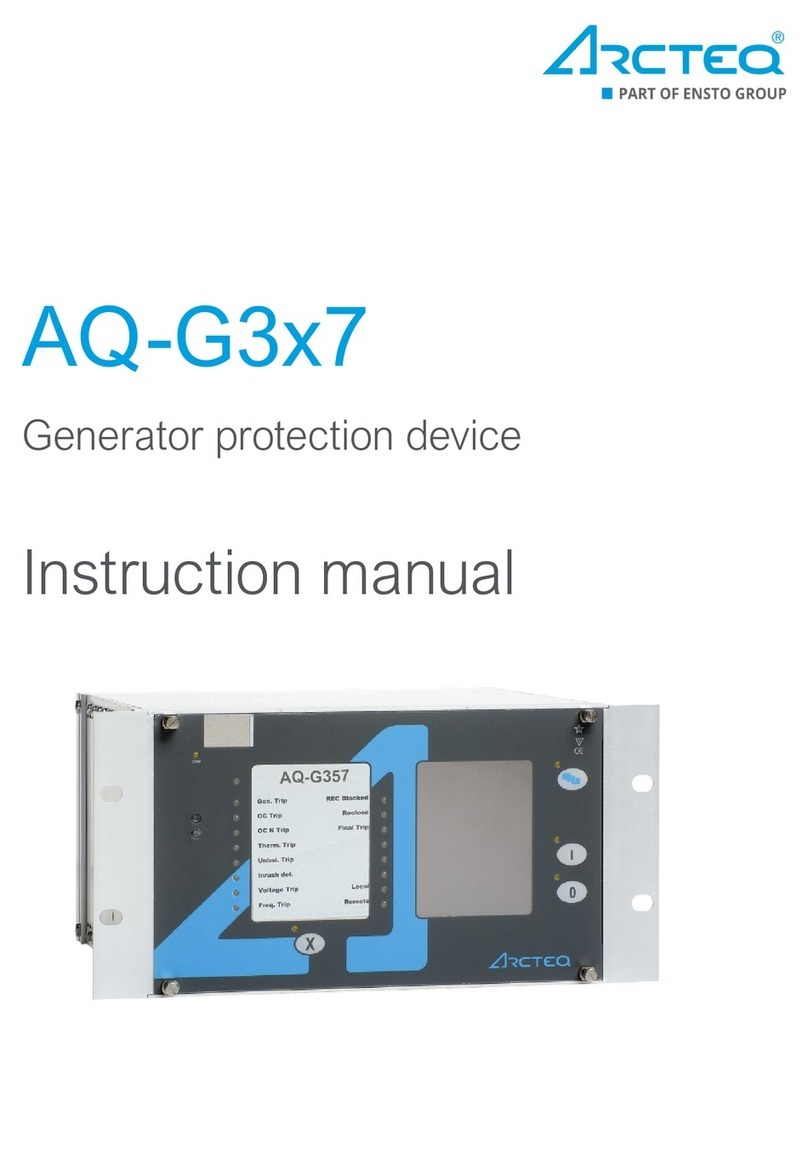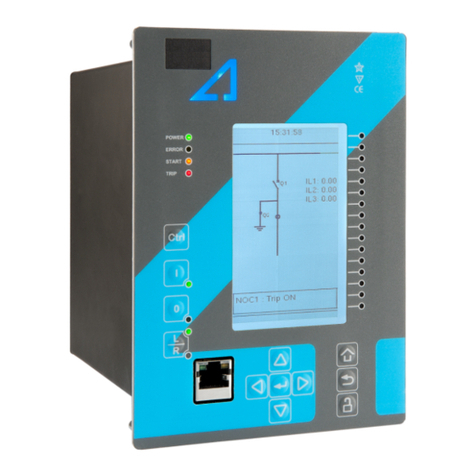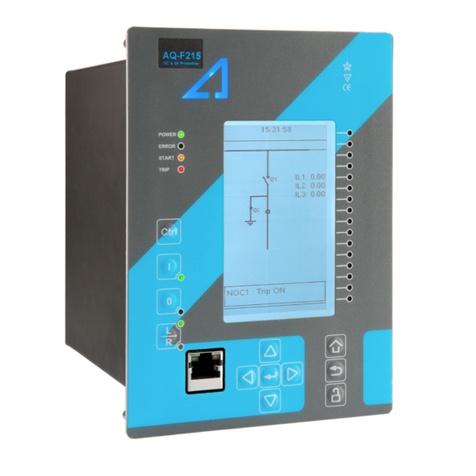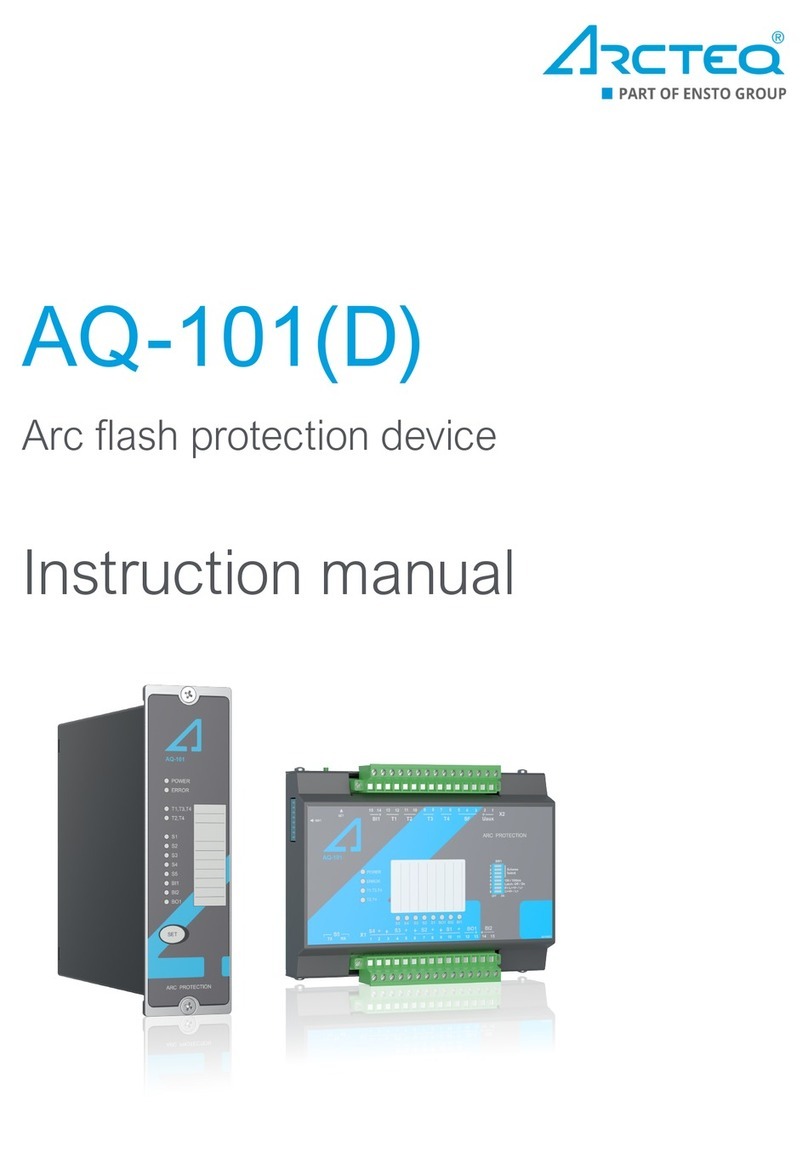
Table of contents
1 Document inf1 Document informaormationtion .................................................................................................................................................................................................................................... 55
2 A2 Abbrbbreeviaviationstions .............................................................................................................................................................................................................................................................. 77
3 General3 General................................................................................................................................................................................................................................................................................ 88
4 De4 Devicevice ffeaeatturureses ........................................................................................................................................................................................................................................................ 99
5 Connections5 Connections.............................................................................................................................................................................................................................................................. 1010
5.1 Simpli_ed block diagram ...................................................................................................... 10
5.2 Inputs .................................................................................................................................. 12
5.2.1 Arc sensor channels.................................................................................................. 12
5.2.2 inary inputs ............................................................................................................. 12
5.3 Outputs ............................................................................................................................... 13
5.3.1 inary outputs ........................................................................................................... 13
5.3.2 Trip relays.................................................................................................................. 13
5.3.3 System failure relay.................................................................................................... 14
5.4 Auxiliary voltage................................................................................................................... 14
6 Ar6 Arc sensorsc sensors................................................................................................................................................................................................................................................................ 1515
6.1 Arc light point sensor AQ-01................................................................................................ 15
6.2 Arc light and pressure point sensor AQ-02........................................................................... 16
6.3 Sensor dependencies .......................................................................................................... 16
6.4 Connecting sensors............................................................................................................. 17
6.4.1 Point sensors............................................................................................................. 17
7 Opera7 Operation and con_gtion and con_guraurationtion .............................................................................................................................................................................................................. 1818
7.1 DIP switch settings .............................................................................................................. 18
7.1.1 Scheme selection ...................................................................................................... 19
7.1.2 Available logic schemes............................................................................................. 19
7.2 Push button (SET) ............................................................................................................... 26
7.2.1 System setup (auto-con_guration) ............................................................................. 27
7.2.2 Reset......................................................................................................................... 27
7.2.3 Input connection check ............................................................................................. 27
7.3 Circuit breaker failure protection .......................................................................................... 28
7.4 LED indicator functions........................................................................................................ 28
7.5 LED operations guide .......................................................................................................... 28
7.6 Non-volatile memory............................................................................................................ 29
8 S8 Syyststem self-superem self-supervisionvision............................................................................................................................................................................................................................ 3030
9 Applic9 Applicaation examplestion examples .................................................................................................................................................................................................................................. 3131
9.1 Double busbar application with overcurrent and arc light conditions (LV and MV).................31
10 W10 Wiring exampleiring example.................................................................................................................................................................................................................................................. 3232
11 D11 Dimensions and installaimensions and installationtion ............................................................................................................................................................................................................ 3333
12 T12 Testingesting .......................................................................................................................................................................................................................................................................... 3535
12.1 Testing the light-only mode ................................................................................................ 35
12.2 Testing the light and current mode ..................................................................................... 35
12.3 Testing the C FP function.................................................................................................. 36
12.4 Testing the operation time.................................................................................................. 36
12.5 Test plan example .............................................................................................................. 36
13 T13 Trroubleshoooubleshootingting................................................................................................................................................................................................................................................ 3838
14 T14 Technicechnical daal datata.................................................................................................................................................................................................................................................... 3939
14.1 Mounting and installation ................................................................................................... 39
14.2 Operating times ................................................................................................................. 39
14.3 Auxiliary voltage................................................................................................................. 39
14.4 inary inputs...................................................................................................................... 39
14.5 Trip relays .......................................................................................................................... 40
14.6 inary output(s) ................................................................................................................. 40
14.7 System failure relay............................................................................................................ 40
14.8 Point sensors..................................................................................................................... 40
14.9 Disturbance tests............................................................................................................... 41
14.10 Voltage tests.................................................................................................................... 42
AA -101S-101S
Instruction manual
Version: 2.02
© Arcteq Relays Ltd
IM00007
1
